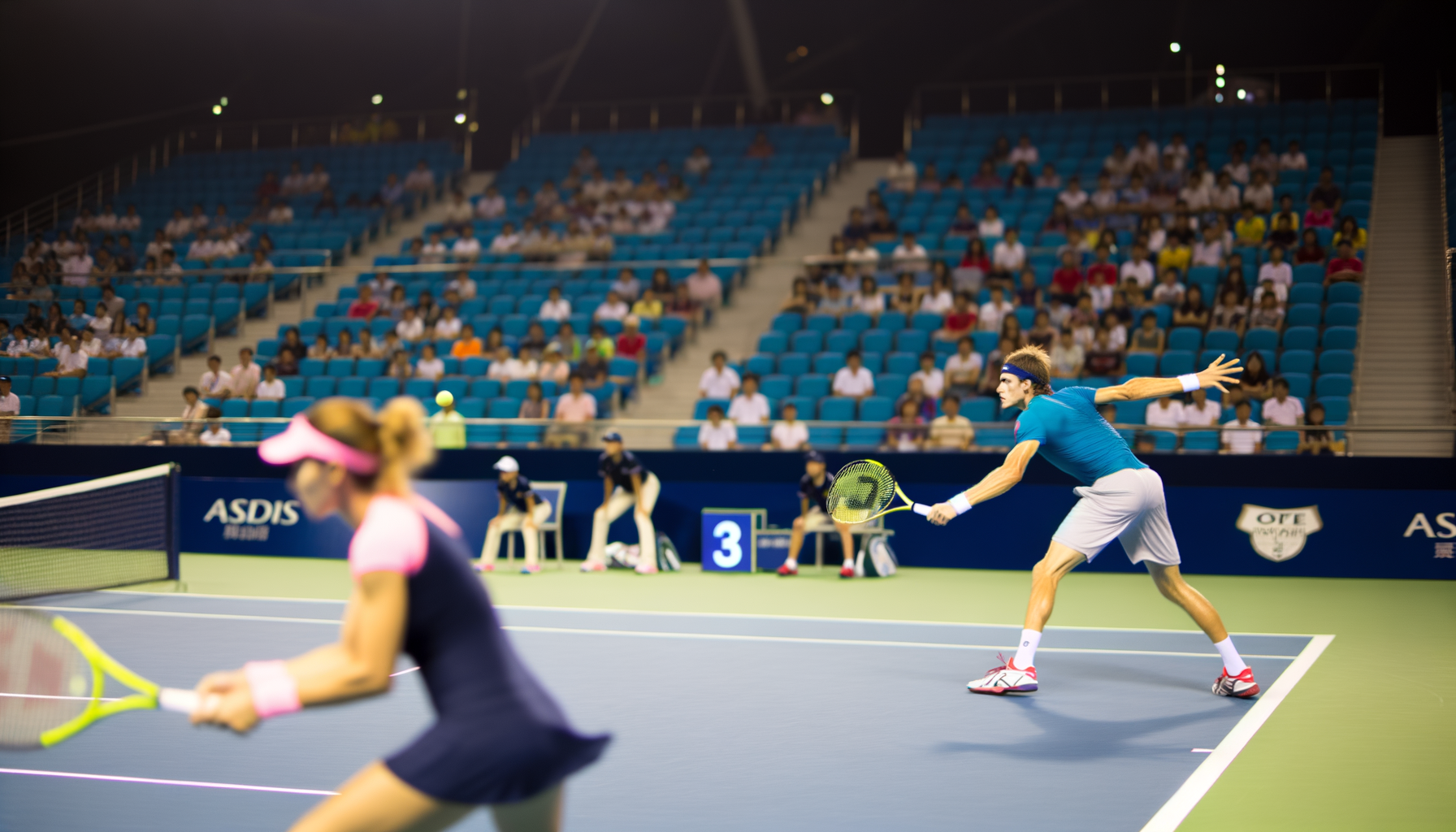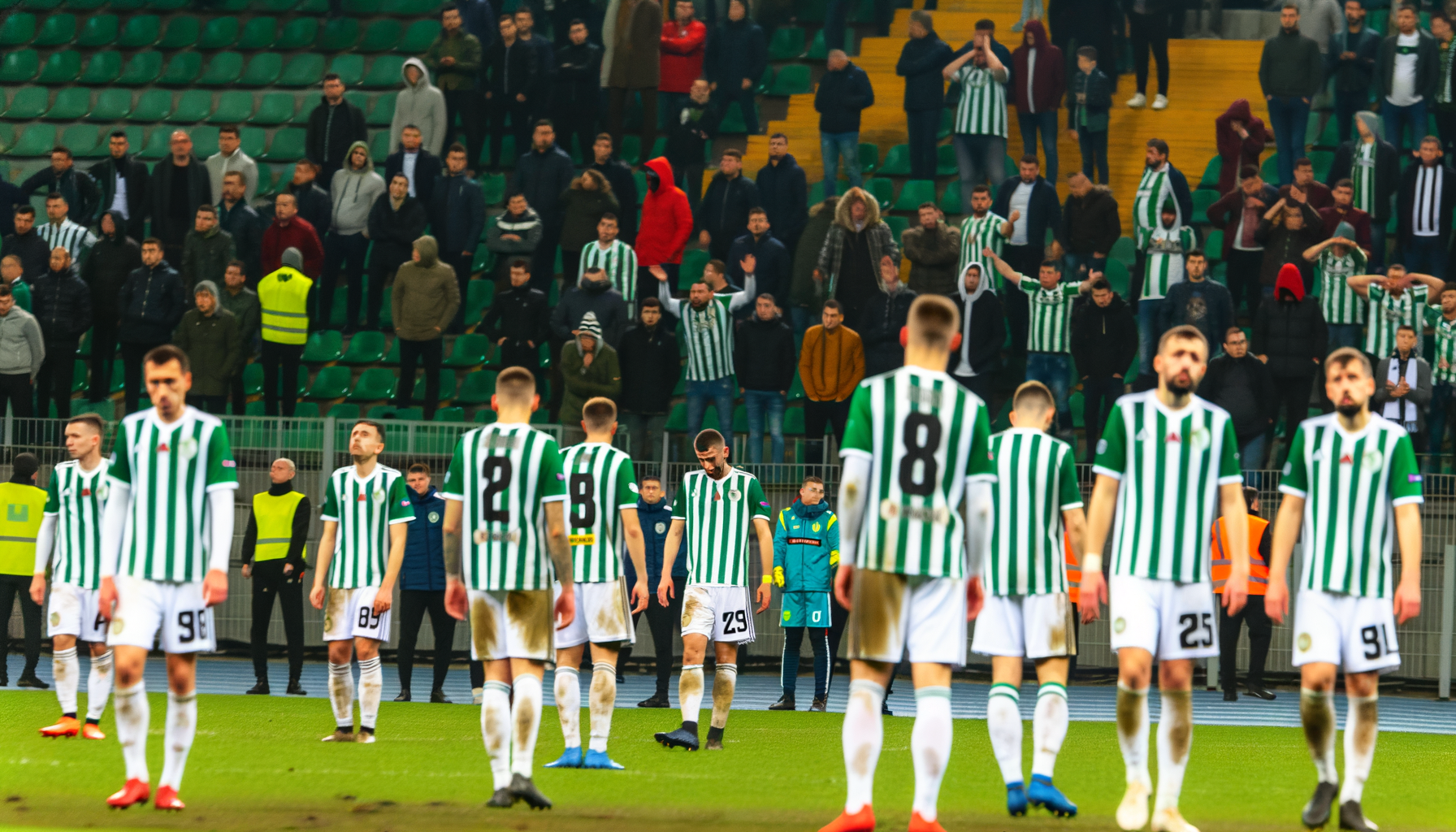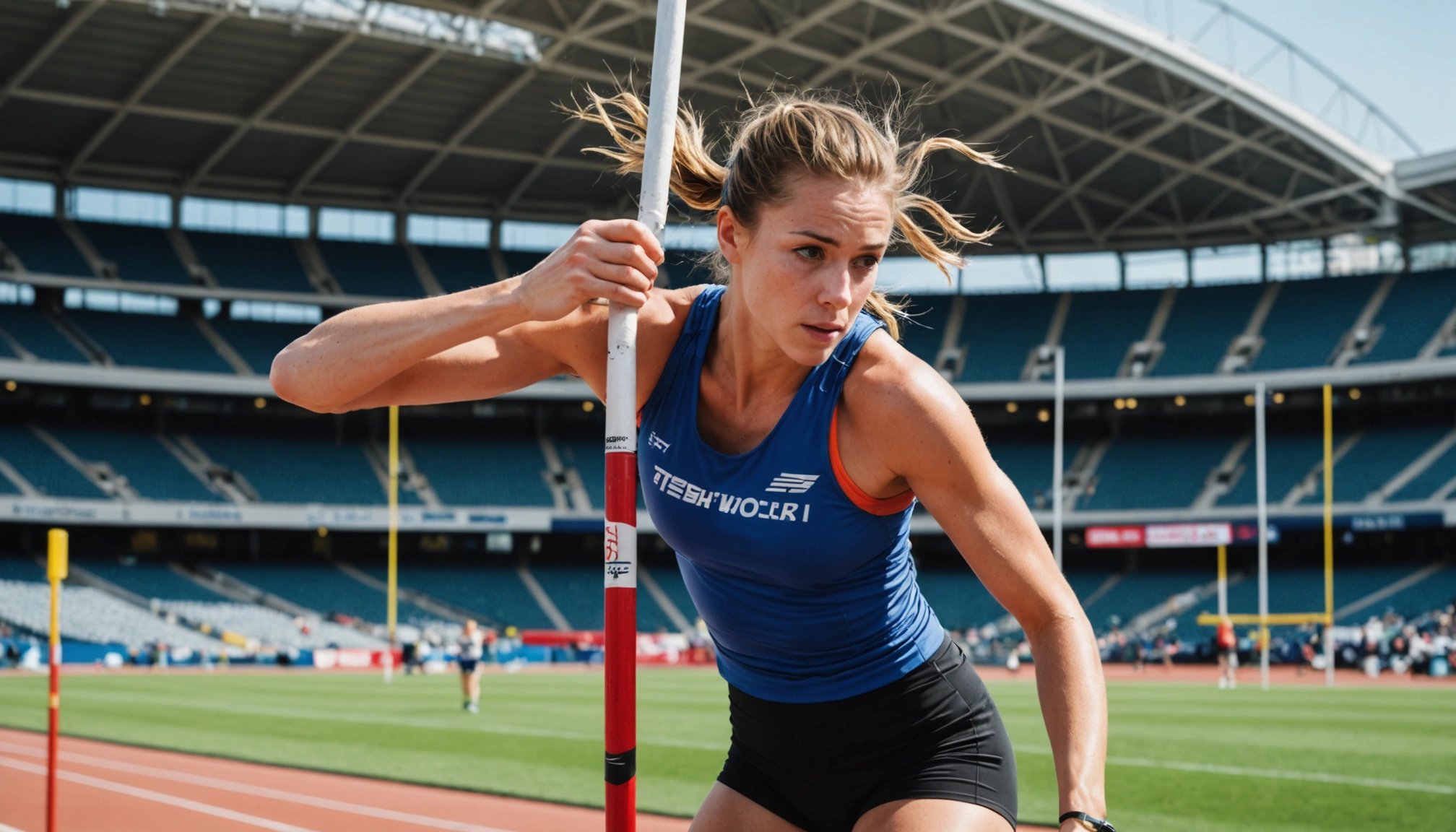Are Tennis Courts Being Slowed To Favour Alcaraz And Sinner?
Explore the debate on whether tennis courts are being uniformly slowed to favour stars like Carlos Alcaraz and Jannik Sinner, backed by expert insights and data.

By Editorial
Introduction To The Court Speed Debate In Tennis
Roger Federer recently sparked a lively discussion when he suggested that tournament directors prefer uniformly slow courts to boost the chances of finals featuring rising stars Carlos Alcaraz and Jannik Sinner. This claim taps into a wider debate about how court speeds impact player performance and tournament outcomes in professional tennis.
With Alcaraz and Sinner dominating multiple Grand Slam finals this year, their playing style and adaptability have raised questions about whether courts are intentionally tuned to their advantage. This article delves into the data, expert opinions, and tournament director perspectives to uncover the truth behind court speeds in modern tennis.
Federer’s Perspective On Court Speeds
Speaking on Andy Roddick’s Served podcast at the Laver Cup, Federer highlighted that courts across tournaments have become remarkably uniform in speed, which benefits players like Alcaraz and Sinner who excel on slower surfaces. He argued that variety in court speed creates more tactical diversity and makes the sport more engaging.
Federer stated: "We need not only fast courts but also slow ones to see how players adapt. Right now, the similar court speeds mean players can use the same approach from clay to grass to hard courts." He also acknowledged the safety net slower courts provide weaker players, who need to hit exceptional shots to overcome top talents.
Has Court Speed Actually Slowed Down?
Contrary to popular belief, data from Masters 1000 events since 2017 show that courts have generally become slightly faster, not slower. For example, the Canadian Open in Toronto, this year’s fastest court, is rated medium-fast, indicating some variation but no extreme slowdowns.
Environmental factors like heat and humidity influence court speed, while technological advances in balls and racquet strings have also harmonised play styles across surfaces. The ATP now carefully regulates ball types to maintain consistency, especially during the North American hard court season, ensuring fair competition.
Innovations in string technology, as explained by Iain Macleod from Hawk-Eye Innovations, mean topspin shots behave more similarly across clay, grass, and hard courts. This convergence further reduces the advantage of any one playing style.
The Role Of Tournament Directors
Bob Moran, tournament director of the Cincinnati ATP and WTA 1000 events, firmly denies any deliberate attempts to slow courts to favour certain players. He emphasises that player feedback drives decisions, aiming for consistent medium-fast to fast court speeds across the tour.
Moran noted that players often comment on court speed; last year, Cincinnati was considered "wicked fast" – almost like "ice" – by athletes. The goal remains to strike a balance that encourages engaging rallies and point construction, which fans crave.
Why Consistency Matters To Tournament Directors
Consistency in court speed across tournaments helps players maintain rhythm and reduces injury risk. It also benefits broadcasters and fans by producing predictable, high-quality matches. However, this consistency may unintentionally favour versatile players like Alcaraz and Sinner, who adapt quickly to different surfaces.
How Court Speed Shapes Player Styles And The Game’s Future
Jeremy Bates, former British number one, recalls a time when tennis had "two completely separate tours" in the 1980s and 1990s: one for clay courts and another for fast surfaces. This distinction fostered diverse playing styles, such as serve-and-volley specialists thriving on slick indoor courts.
Today’s homogenised court speeds mean players tend to adopt similar baseline styles, which some argue reduces the sport’s excitement. Patrick Mouratoglou, Serena Williams’ former coach, suggests slower courts "killed a generation of serve and volley players" but acknowledges that slower games prevent matches from being dominated by quick aces, which can be dull for spectators.
Could Faster Courts Revive Serve-And-Volley?
Would increasing court speeds rekindle serve-and-volley tactics? While fast courts favour aggressive net play, players and directors alike warn against extremes that could make tennis less accessible or more injury-prone. The balance lies in maintaining fast enough courts to encourage variety without compromising player safety.
Case Study: The Impact Of Court Speed On Recent Finals
This year, Alcaraz and Sinner met in three Grand Slam finals played on clay, grass, and hard courts, demonstrating their adaptability. The uniformity of court speeds arguably helped these young stars showcase their all-around skills, contributing to their consistent dominance.
Yet, the debate remains whether slowing courts intentionally increases the likelihood of marquee finals, boosting ticket sales and TV ratings. While tournament directors like Moran refute such claims, the commercial incentives cannot be ignored in the modern sports landscape.
Conclusion: The Truth Behind Court Speeds And Player Success
While Federer raises valid points about the merits of varied court speeds, current data and expert testimony suggest no deliberate manipulation to favour Alcaraz and Sinner. Instead, advances in technology, player feedback, and safety considerations have led to more consistent court speeds that benefit versatile players.
For tennis fans seeking thrilling matches and diverse playing styles, it remains to be seen whether future tournaments will reintroduce greater court speed variability. Until then, the sport balances tradition, innovation, and entertainment, much like other major leagues covered in our Premier League and beyond key football transfers September 2025 analysis.
Related topics
Editorial
Sports expert at SportsScoop
Specialist in sports analysis and journalism
Related articles
Want to read more?
Explore our comprehensive collection of sports articles and analysis, or contact us for more information.



